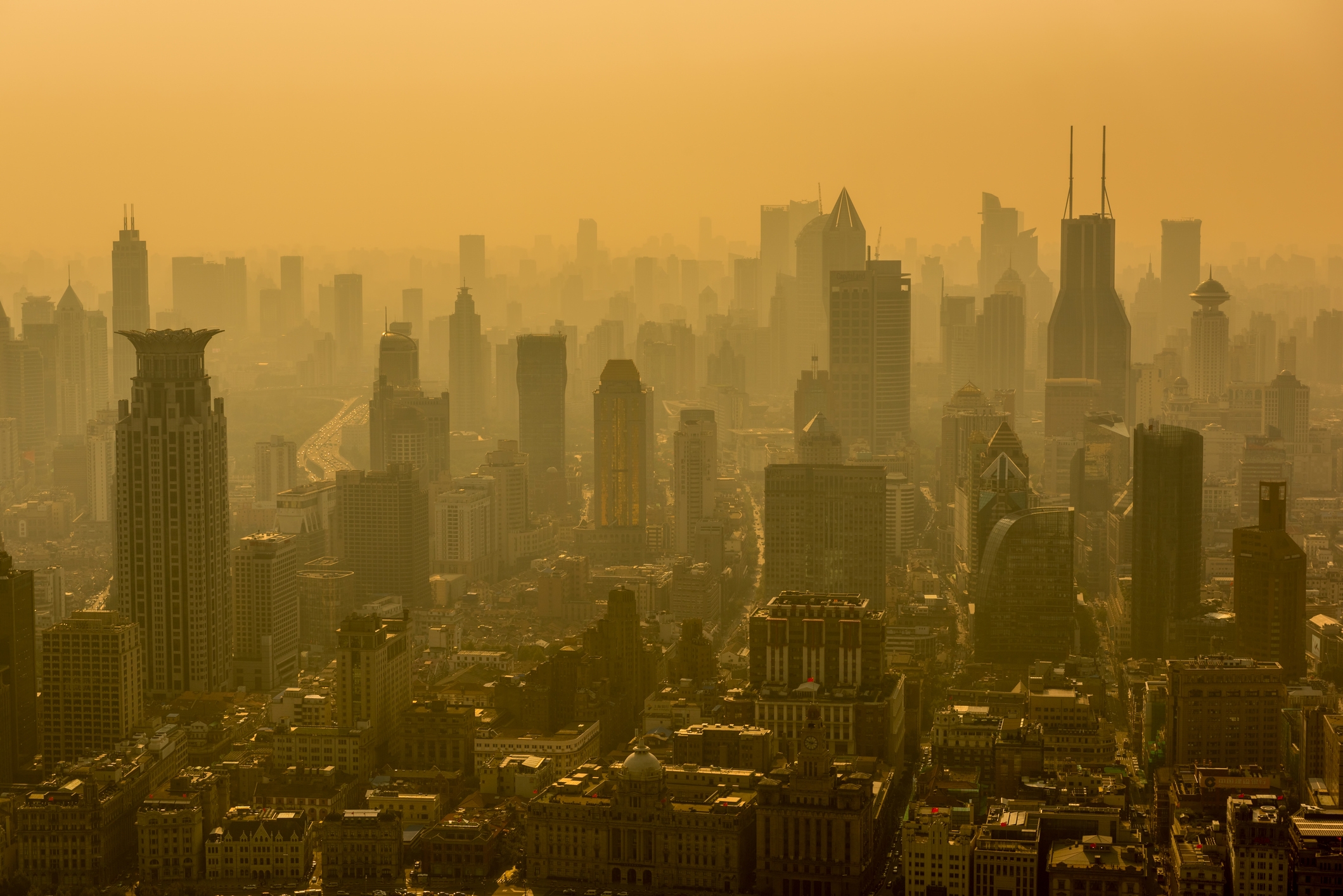
Kelp Beats the Heat

In early 2014, when a large-scale marine heat wave in the Pacific Ocean produced temperature anomalies greater than anything seen since recordkeeping began in the early 1900s, marine scientists saw something else, too: opportunity.
Ocean researchers at UC Santa Barbara quickly seized the chance to evaluate the sentinel status of giant kelp forests along the Southern California coastline as an indicator of climate change. They expected forests of giant kelp (Macrocystis pyrifera), known to be sensitive to such increases as well as to the resulting low-nutrient conditions, to respond quite rapidly to a rise in water temperature.
However, to the scientists’ surprise, that was not the case. The kelp, they discovered, was all right. Their findings appear in the journal Nature Communications.
“The response that we saw in kelp was really no different than what we’d seen in our temporal record,” explained lead author Daniel Reed, deputy director of the Marine Science Institute (MSI). “The values were low but not necessarily lower than what we’d seen during cool-water years.”
Giant kelp does not have the capacity to store nutrients for very long (only about three weeks), and in the absence of new nutrients, the kelp cannot support its rapid growth of about 2 percent per day. The standing biomass — the amount of living kelp present at a given time — is relatively transitory and turns over about seven times a year.
“Each frond only lives about three to four months,” Reed said. “So when you have something that grows rapidly and doesn’t live long, you would expect its standing biomass to respond rapidly if it’s subjected to really adverse growing conditions for a long time.”
The researchers used kelp records from a 34-year time series of data taken by Landsat satellites, which — among many other characteristics — measured kelp canopies. The investigators analyzed kelp biomass from Santa Barbara to San Diego through time and related it to sea surface temperatures at those sites.
The data showed some large positive temperature anomalies that were unprecedented. For example, in September 2015, the water in the Santa Barbara Channel averaged 4.5 degrees Celsius higher than normal for the entire month. Daily anomalies went as high as 5.5 degrees Celsius. Despite these high temperatures, the team saw no dramatic response by giant kelp whose biomass remained within the range observed during the decades-long time series when the water was cooler.
“Nobody knows how this warming event relates to climate change, other than we’ve not seen this before,” said co-author Libe Washburn, an oceanographer at the MSI and a professor in UCSB’s Department of Geography. “That’s somewhat alarming, but this work may provide some insight into how these kelp forests would respond to future climate warming.”
The team also examined changes in understory algae, invertebrates and fishes of the giant kelp ecosystem and found that they didn’t show much of a response to the warming event either. Sea urchins and sea stars were the exception as they declined dramatically due to a disease that was linked to the warm-water event.
“The fact that we did not see drastic responses in the rest of the community tells us that we don’t know everything we think we know about this system and about its ecology,” Reed noted. “The results have caused us to pursue lines of research that try to understand how this happens. More importantly, the findings underscore the value of long-term data in terms of trying to tease apart these trends.”
Other UC Santa Barbara co-authors include Tom Bell, Robert Miller and Shannon Harrer. Andrew Rassweiler of Florida State University also was a contributor.
This research was supported by the National Science Foundation’s Long Term Ecological Research program, the NASA Biodiversity and Ecological Forecasting program, the Bureau of Ocean and Energy Management Environmental Studies program and the National Oceanic and Atmospheric Administration in support of the Santa Barbara Channel Marine Biodiversity Observation Network.



